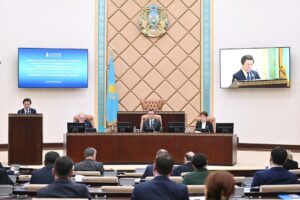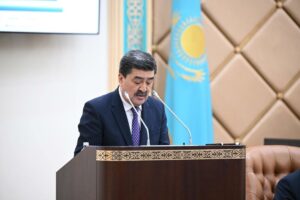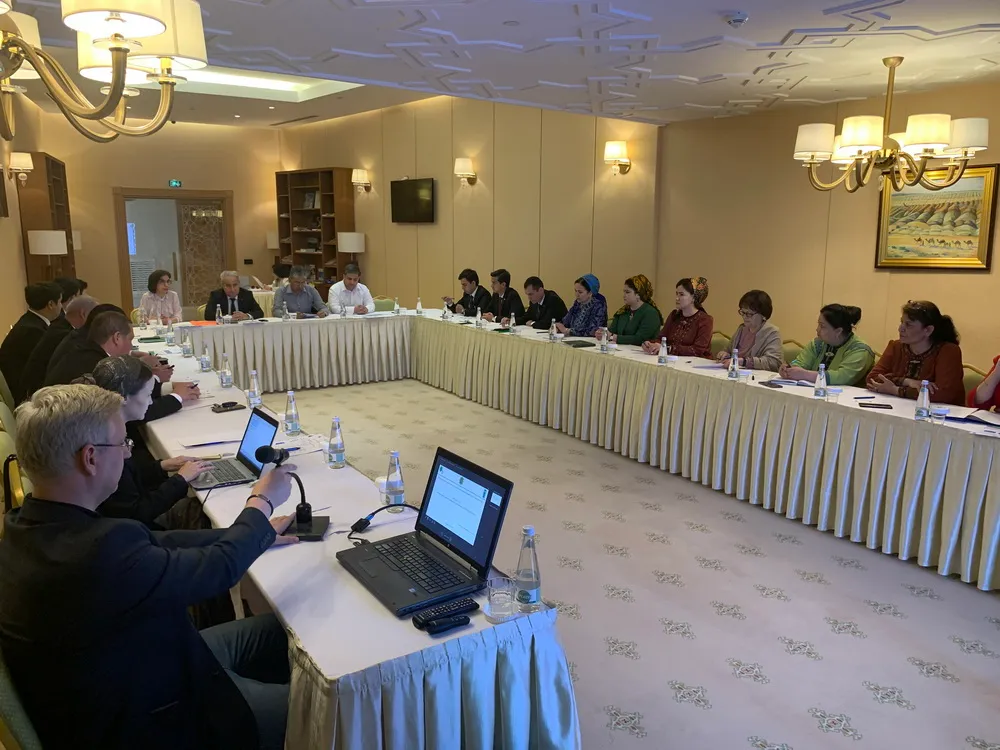Producing energy from renewable sources (RES) is already becoming a common practice and is gaining popularity at a rapid pace throughout the world, becoming the preferred source of energy supply for an increasing number of consumers.
At the same time, one of the seven sustainable development goals is “Ensuring universal access to affordable, reliable, sustainable and modern energy sources for all,” which is provided for in strategic documents on environmental protection and climate change.
Minister of Ecology and Natural Resources of the Republic of Kazakhstan Erlan Nysanbayev spoke about this today during a meeting of the Parliamentary Commission for monitoring the implementation of national goals and objectives in the field of sustainable development, dedicated to the development of alternative energy sources and green technologies in Kazakhstan as part of the implementation of the SDGs.

The minister noted that according to the Concept for the transition of our republic to a “green economy”, it is planned to increase the share of renewable energy sources in electricity production to 30% by 2030 and 50% by 2050 (taking into account alternative energy sources), as well as a decrease relative to the current the level of carbon dioxide emissions in the electricity sector by 15% by 2030 and 40% by 2050.
In addition, in accordance with the approved strategy for achieving carbon neutrality in Kazakhstan by 2060, it is planned to gradually replace coal with alternative and renewable energy sources. This in turn will significantly reduce greenhouse gas emissions.
“Over the past three years, the Ministry has approved about 63 offset projects in the field of renewable energy sources, with a total reduction of about 4 million tons of CO2,” noted E. Nysanbaev.

For example, “Wind power plant “Astana EXPO-2017” with a total reduction volume of 160 thousand tons. CO2; “Wind power plants in Ereymentau” – 120 thousand tons. CO2; “Solar power plant “Shu” with a capacity of 100 MW” – 150 thousand tons. CO2 per year.
Issues of the greenhouse gas emissions trading system (CTB) and issues of implementing the reform of the implementation of the best available techniques (BAT) were also voiced.

It is worth noting that the implementation of BAT is a key strategy for achieving SDG-7, increasing energy efficiency, and ensuring the optimal use of green technologies to reduce CO2 emissions.
In conclusion, the minister announced information on the implementation of measures to establish an automated monitoring system. The implementation of the ACM system will allow online monitoring of the impact of natural resource users on the environment and promptly responding to them.
https://www.gov.kz/memleket/entities/ecogeo/press/news/details/712405?lang=ru



